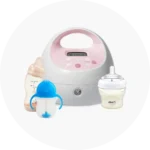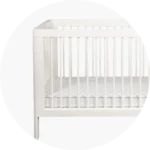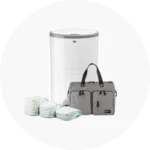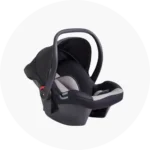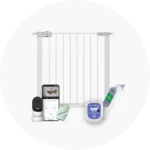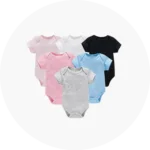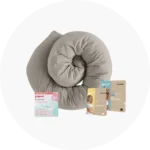Wearable Breast Pumps: Pro and Cons
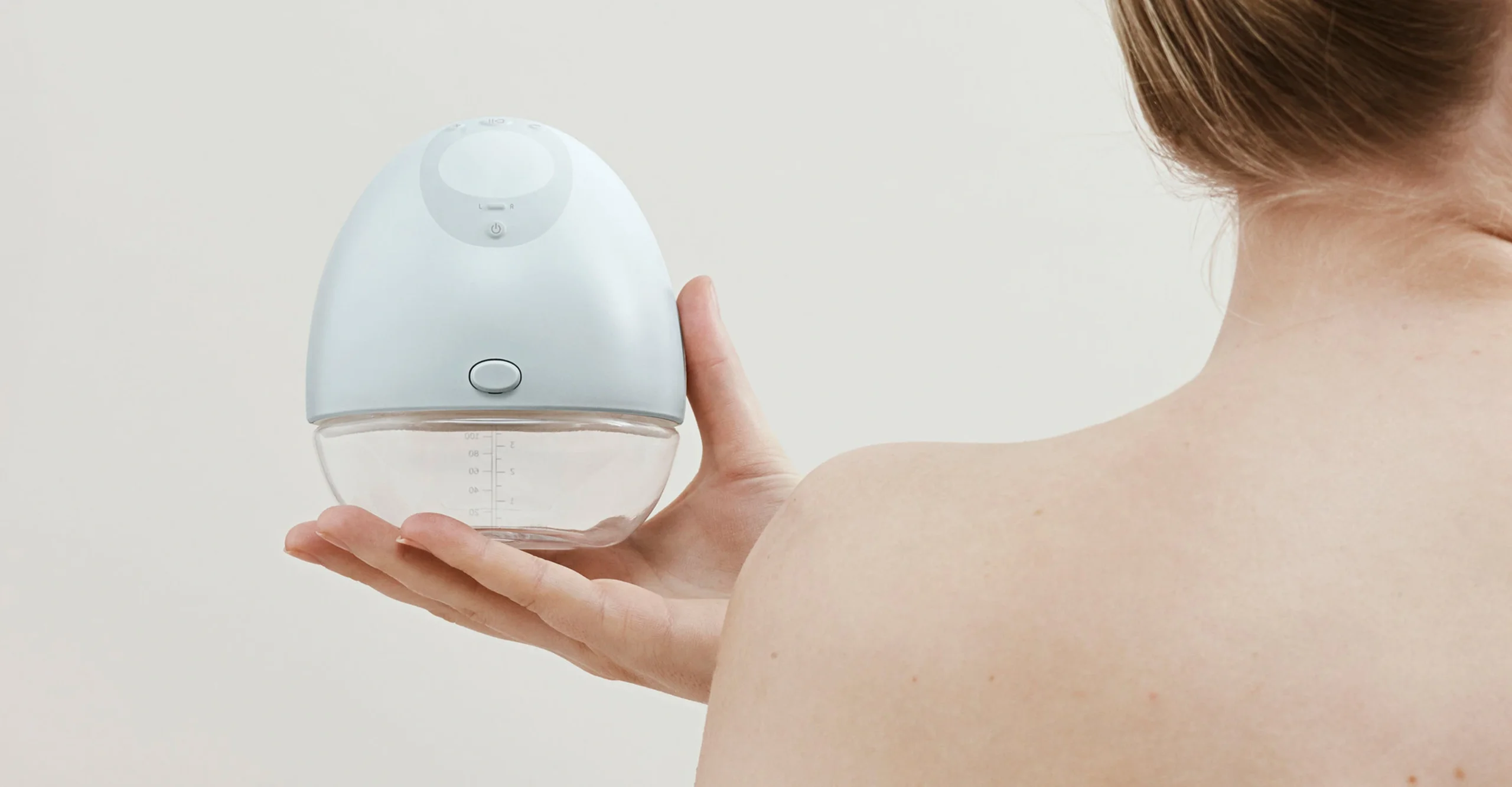

Last Updated: 14 March 2025

Being a mother is an incredible journey, but it involves many choices. One of which is the choice of breast pump. Wearable pumps are becoming more and more common; you can find hundreds of videos on Instagram, TikTok, and other social media platforms. Wearable pumps are certainly trending. They seem to be the in-demand, must-have item.
While they might not be suitable for every mother, they do offer a handsfree pumping experience with ease of use and comfort which a lot of nursing mothers love!
Understanding Wearable Breast Pumps
Wearable breast pumps are compact, hands-free devices designed to fit discreetly into a nursing mother’s bra. Unlike traditional pumps that require hands-on operation, wearable pumps allow mothers to multitask, offering a newfound freedom while expressing milk. The design often involves minimal components, with a small motor and collection cups integrated into a single unit.
The primary allure of wearable breast pumps lies in their portability and convenience. Mothers can wear these devices discreetly under clothing, enabling them to express milk without being tethered to a traditional breast pump. The wireless nature of these pumps allows for increased mobility, which also fosters a sense of independence.
Another notable feature of many wearable breast pumps is they are designed to be quiet and discreet. The low noise levels give mothers a more comfortable and private pumping experience, especially in professional or social settings.
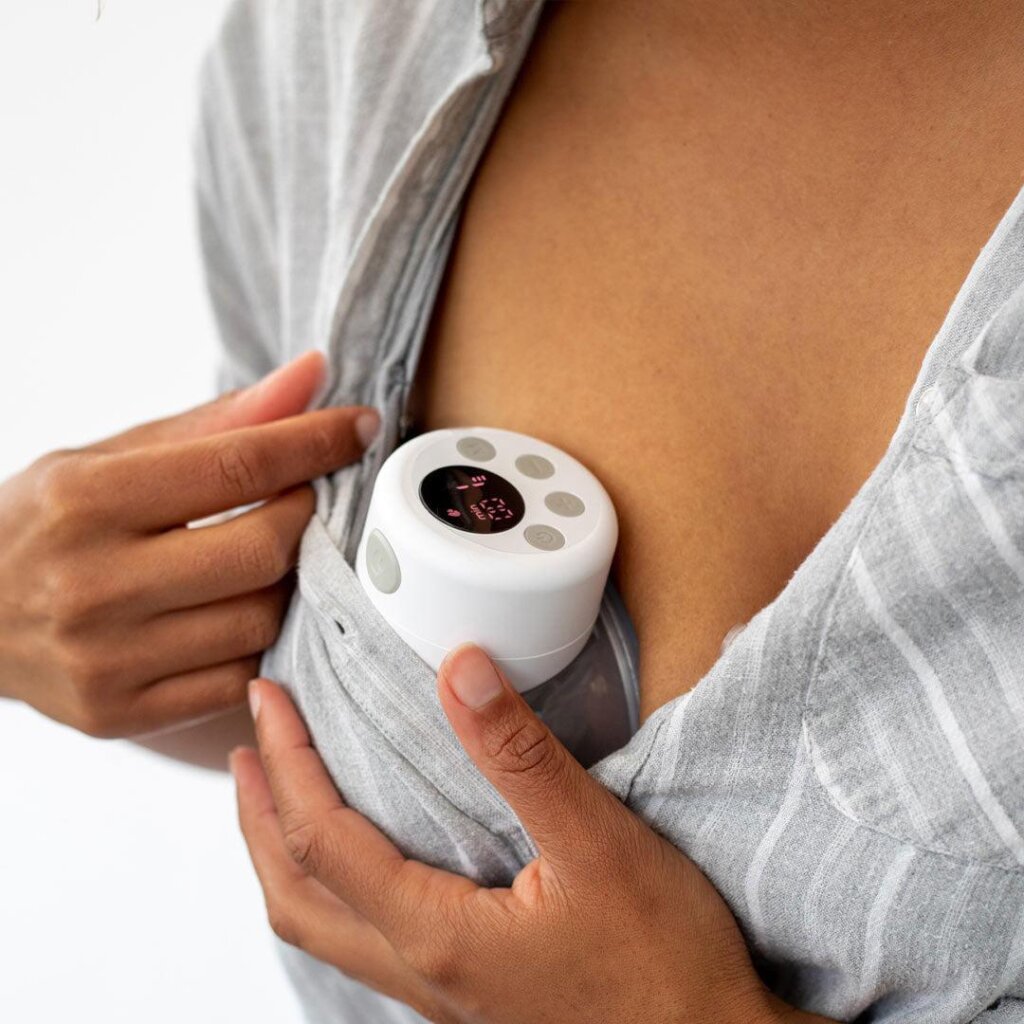
Beware of low cost, off brand pumps
It can be tempting to try a low-cost, off-brand pump, but we highly recommend sticking with reputable brands during your breastfeeding journey. Off-brand pumps often have issues with quality control, lack customer service, and have inconsistent motor performance. While many parents use them successfully, if problems arise, there are limited options for resolution.
Breastfeeding and pumping are hard enough as it is, invest in reliable tools that will best set you up for success.
The Upsides Of Wearable Pumps
These handsfree pumps are designed to be handsfree, lightweight, portable, and operate discreetly inside your bra while you go about your day-to-day activities. With a wearable pump, you will never be tied down by tubes or cords. Typically, these pumps also have fewer parts, making them easier to clean and assemble, which adds to their convenience and ease of use.
The biggest advantage of these wearable breast pumps is their discretion. They slip inside your bra and are typically very quiet, allowing many moms to feel more comfortable expressing milk while out and about or at work.
Wearable pumps will make it easier to attend to their newborns and engage in other activities at the same time. Taking on the role of mother for the first time may be stressful, but the wearable pump may help mothers ease into this transition more smoothly.
The Downsides Of Wearable Pumps
The biggest sacrifice you will make when using a wearable pump is pumping power. These pumps are designed to be small and compact so they can fit inside your bra. As a result, you may not see the same milk output as with a traditional, hospital-grade pump. Wearable pumps typically provide a maximum suction strength of around 220 mmHg. While this is still a decent level of suction, it is not as strong as traditional hospital-grade pumps, which can reach up to 300-320 mmHg.
Lower levels of suction may result in incomplete breast emptying. When breasts are fully emptied, it signals the brain to produce more milk. If all the milk in your breasts isn’t expressed, these signals may not be as powerful, potentially affecting your milk supply.
Several factors influence effective breast emptying. If you are using a wearable pump, ensure you are using the correct flange size, which can be adjusted with breast shield inserts. This can be more challenging with a wearable pump, so monitor your milk supply and how your breasts feel while pumping to determine if you are using the right size. Additionally, make sure the nipple is properly aligned, and that your bra fits well and holds the pump in the correct position.
Another consideration is charging. Just like your phone, wearable pumps require charging. After each pumping session, remember to charge your device. While some wall pumps are also chargeable and offer the convenience of plugging them in when the battery is low, most wearable pumps lack this flexibility. If they are not charged, pumping is not possible.
Despite the emphasis on mobility for parents, there is a prevailing misconception that constant movement and multitasking are necessary. Traditional pumps offer an opportunity to slow down, engage in activities like reading or quiet time, and foster a sense of presence. Additionally, if there’s a chance to cuddle with your baby while pumping, it can elevate oxytocin levels, potentially boosting milk supply. Enjoying precious moments with your baby can become a cherished aspect of the breastfeeding experience.
So, Whats the Verdict?
As always, it depends on you! It’s important to remember that everyone’s needs and situations are different. Despite the downsides, wearable pumps can be an incredibly valuable tool to help nursing moms by making pumping possible in situations where the you would not be able to use a normal pump. After weighing the pros and cons, think about:
Will You Be Pumping Exclusively, Frequently, or Occasionally?
If you plan to pump exclusively, investing in a high-quality traditional pump is your best bet. These pumps offer the power and efficiency you need to maintain your supply over time. If your budget allows, consider adding a wearable pump for extra flexibility, so you can pump while on the go or when multitasking. However, if you can only invest in one pump, a hospital-grade traditional model is often the better choice. Some brands even offer hands-free pumping bras or add-ons to help free up your hands, though they may not offer the full convenience of a true wearable pump.
For those who pump regularly but not exclusively—such as during work or when you’re away from your baby—think about your environment and daily routine. If you have the space and time for a traditional pump, it may provide better results. On the other hand, if you need a portable option that allows for discreet pumping in various settings, a wearable pump might be your best companion.
What Are You Trying to Achieve with Pumping?
Purchasing a breast pump is an important investment in your breastfeeding journey, and it’s crucial to match your pump with your goals. If maximising milk output is your priority, suction strength matters. Hospital-grade pumps are known for their ability to fully empty the breasts, which helps maintain a robust milk supply. Wearable pumps, while convenient, might not offer the same suction power, so they may work best as a secondary option or for occasional use.
Remember to be kind to yourself as you navigate pumping. It’s a process with its own learning curve, and every body is different. Embrace the journey with patience, and trust that with the right tools and support, you’ll find what works best for you.
What Are Your Long-Term Feeding Plans?
Think about your long-term breastfeeding and pumping goals. If you’re planning to pump exclusively or for an extended period, investing in a reliable hospital-grade pump with strong suction will serve you well. But if you’re only going to pump occasionally, a wearable pump could be a more convenient option, especially for those moments when multitasking or being mobile is a priority.
Choosing the right breast pump is a personal decision that depends on your individual needs, lifestyle, and long-term feeding goals. Wearable breast pumps offer convenience, flexibility, and discretion, making them an excellent option for moms who need to pump on the go or want the freedom to multitask. However, for those looking to maximise milk output or pump exclusively, a hospital-grade traditional pump might be the better choice due to its superior suction power and efficiency.
Ultimately, both types of pumps have their place in a nursing parent’s toolkit. The key is to weigh the pros and cons, consider how often you’ll be pumping, and align your choice with your breastfeeding journey. Whichever path you take, remember to be kind to yourself, embrace the process, and make the decision that best supports your needs and goals. Breastfeeding is a unique journey for every parent, and with the right pump and support, you can navigate it successfully.
Key Takeaways
- Wearable breast pumps offer unmatched convenience by allowing hands-free, discreet pumping while multitasking, making them an increasingly popular choice for nursing mothers.
- Portability and quiet operation are major benefits of wearable pumps, enabling mothers to express milk without being tethered to a stationary device, especially in professional or social settings.
- Beware of low-cost, off-brand pumps, as they may have inconsistent motor performance, lack customer service, and quality control issues, which could affect your breastfeeding journey.
- Wearable pumps may sacrifice suction power, providing lower suction strength compared to hospital-grade traditional pumps. This could affect the completeness of breast emptying and, in turn, milk supply.
- Comfort and fit are essential for effective pumping, especially with wearable pumps. Ensuring the correct flange size and proper alignment is crucial for optimal results and comfort.
- Charging is an important factor with wearable pumps. Like other electronic devices, they need to be charged after each session, so it’s essential to plan accordingly to avoid disruptions.
- Your long-term breastfeeding and pumping goals should guide your pump choice—a hospital-grade pump may be better for exclusive pumping, while wearable pumps are a good secondary or occasional-use option.
Our Guidance Pledge
We’re dedicated to providing you with practical, evidence-based information to help you make the best choices for your growing family. All content is medically reviewed by our in-house doctor and/or experts such as OB-GYNs, doulas, and midwives, and is based on the latest international guidelines, peer-reviewed studies, and reputable sources from academic institutions and medical journals. Learn More
Sources
- Colbenson, G. A., Hoff, O. C., Olson, E. M., & Ducharme-Smith, A. (2022). The Impact of Wearable Breast Pumps on Physicians’ Breastfeeding Experience and Success. Breastfeeding medicine : the official journal of the Academy of Breastfeeding Medicine, 17(6), 537–543. https://doi.org/10.1089/bfm.2021.0266
- Anderson, J. (2024, August 3). Wearable pumps and milk supply expectations. Genuine Lactation. https://www.genuinelactation.com/blog-for-breastfeeding-families/wearable-pumps-and-milk-supply-expectations
- Anderson, J. (2024, June 13). FAQs about wearable pumps. Genuine Lactation. https://www.genuinelactation.com/blog-for-breastfeeding-families/faqs-about-wearable-pumps
